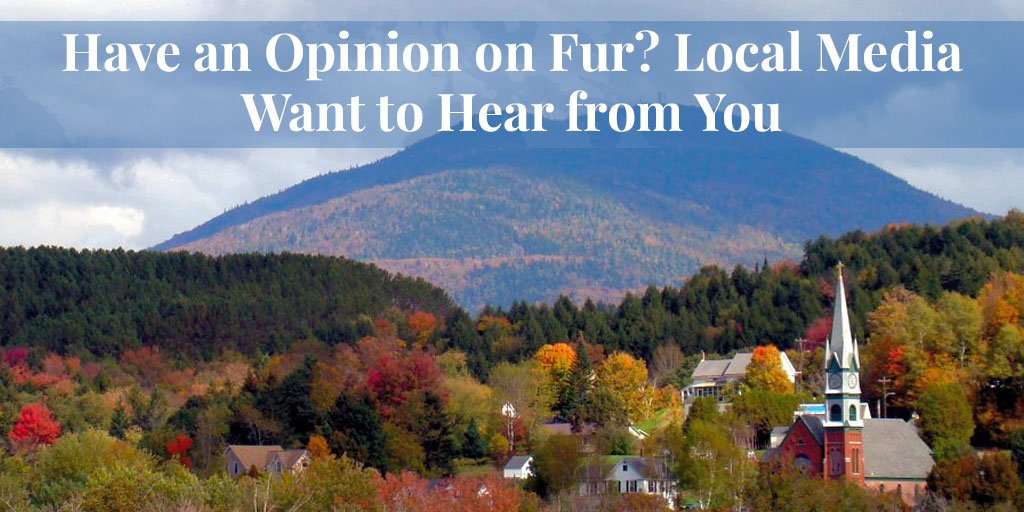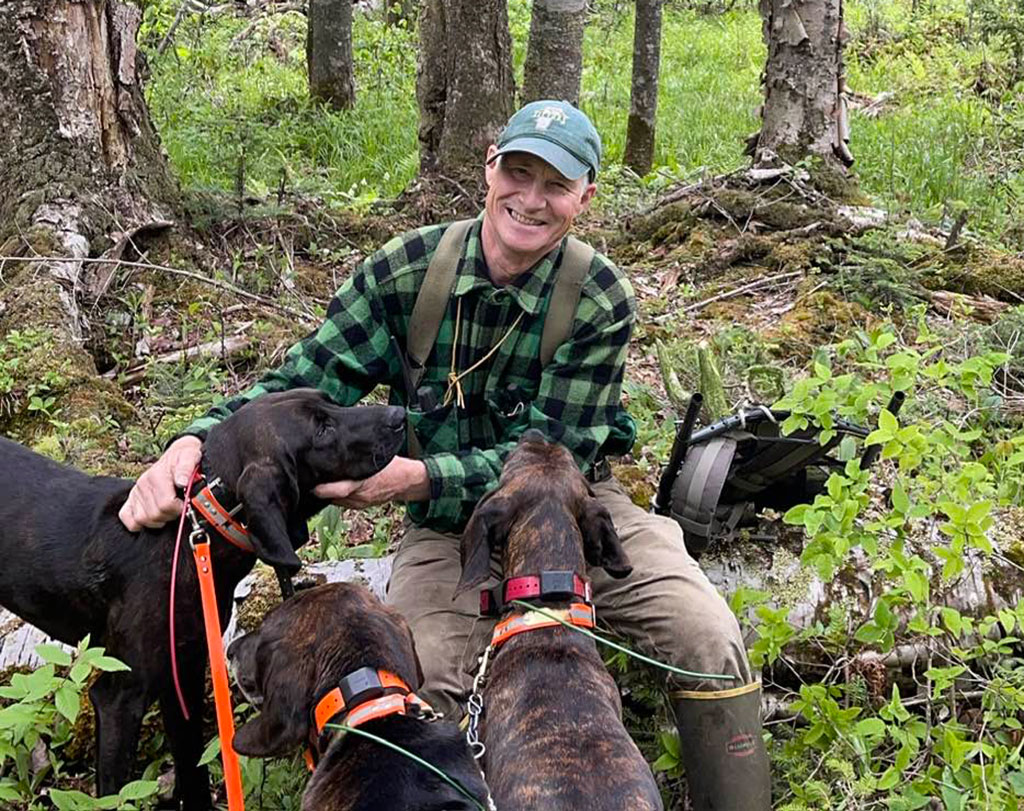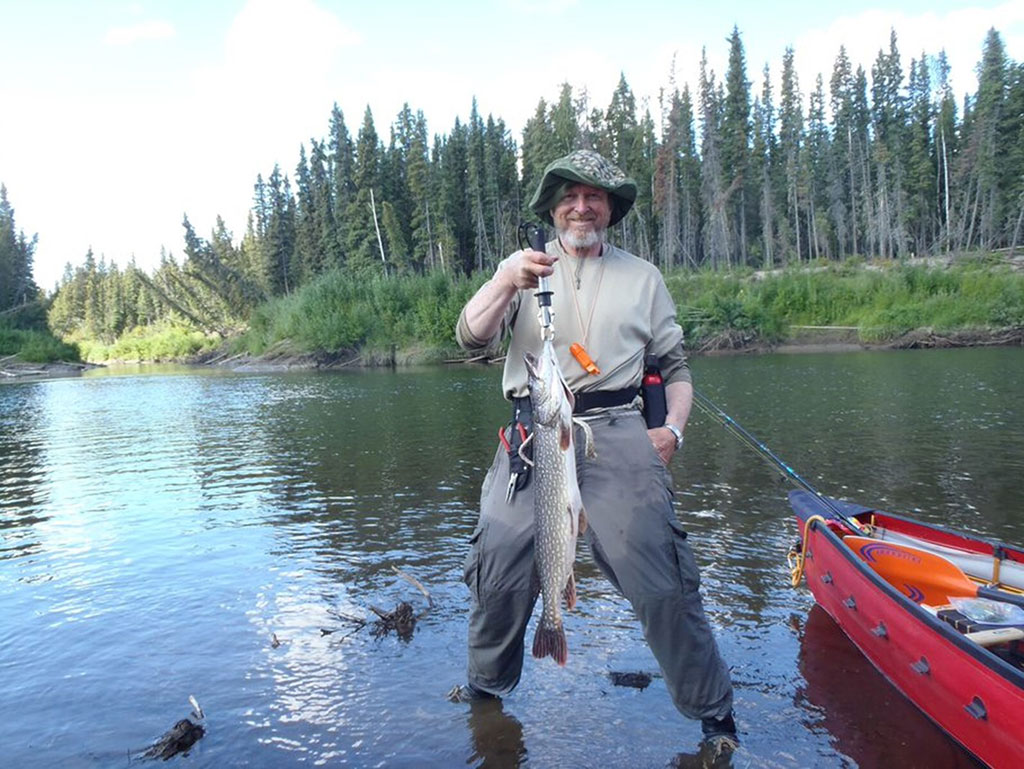
Before the Internet came along and transformed our lives, trying to get our opinions heard in the media was hard at best, and almost impossible if the newspaper, TV or radio station had national reach. As a result, most people didn’t even try, including people of the fur trade. But times are changing, and certainly where local media are concerned – so much, in fact, that if you have a lifelong habit of not bothering, now would be a good time to kick it.
Realistically speaking, it’s still hard to express opinions in media with very wide reach, even just a major city, unless you are invited to contribute. And for that to happen, you usually need to be a recognised authority in your field, or your views have already been published elsewhere. For Joe Shmoe, seeing just a humble letter-to-the-editor in print is still cause for astonishment and celebration.
On the local news front, though, the chances of the small guy being heard are improving all the time.
Thanks to the Internet, local media outlets have mushroomed, unfettered by constraints like the costs of newsprint, air time, or even maintaining an office. As long as you’re online, you can launch a social media site, and for a few hundred bucks you can have a website or podcast. And you can then “monetize” your site to cover costs by accepting advertising.
There’s a downside, of course. For example, fake news is everywhere now, and many so-called “news” sites are rubbish, existing only to generate income from clicks.
But we’re all (hopefully) becoming more selective in our browsing, and quality sites have a tendency to rise to the top. Among these are local news outlets now able to realise their dreams without breaking the bank.
Perfect Example

A perfect example is VTDigger, serving the US state of Vermont since 2009. (The total population of Vermont is only about 650,000, so it’s pretty local.)
In its own words, “VTDigger began as a scrappy, volunteer effort focused on investigative journalism. Since then, it has grown into Vermont’s most essential news organization, powered by more than two-dozen journalists and boasting the state’s largest newsroom.”
Importantly, it doesn’t just produce original reports. It also goes out of its way to encourage readers to submit opinion pieces on matters of local interest. And one of these happens to be wildlife management, with an emphasis on regulations for trapping furbearers.
So if Vermonters weren’t informed before, they must now be one of the most informed communities in North America on this subject. A simple search of VTDigger’s website for the term “trapping” brings up literally hundreds of opinion pieces submitted by readers, so many in fact that we’ll list only a few of the more recent ones here:
Kevin Lawrence: Anti-hunters contribute nothing to Vermont’s wild places. June 11, 2023.
Jim Taylor: Four tribes of Abenaki do not support the anti-trapping movement.’ June 4, 2023.
Will Staats: Vermont’s trapping culture is being threatened. May 7, 2023.
Brehan Furfey: Wildlife conservation depends on regulated trapping. April 20, 2023
Ray Gonda: The value of trapping vs. the anti-establishment animal rights persons. April 18, 2023.
Mike Covey: If you don’t like fishing, hunting or trapping, then don’t partake. February 8, 2023.
Bruce Baroffio: Trapping has a process for best management practices. February 7, 2023.
Paul Noel: No one more than a trapper wants to avoid catching a domestic dog. January 19, 2023.
Wider Audience

As icing on the cake, many of these opinion pieces find an audience beyond readers of VTDigger – sometimes far beyond.
That others are interested is unsurprising, since the debate about trapping regulations is playing out across North America. But how does word spread?
SEE ALSO: When pet dogs are accidentally trapped, why are media reports so unbalanced? Truth About Fur.
Again, it’s all down to the power of the Internet.
I first learned about VTDigger when its opinion pieces started showing up in my Google Alerts feed. This is a free web content monitoring service, but there are many others, and millions of people are using them. Or there are many other ways you might stumble on these pieces, the most common being “shares” on social media sites.
But this not an article promoting one local media site that happens to have a lot of quality trapping content. VTDigger is just an example which shows how local media are entering a golden age, and, if they’re smart, they are positively encouraging their readers to engage.
SEE ALSO: “Fur Fights Back!” It’s time for a strong industry communications campaign. Truth About Fur.
So if your local news site is already engaging with its audience, that’s great. Get involved, and put pen to paper! If not, encourage them to change their ways, and by all means point to VTDigger as a shining example of what can be achieved.
Also tell your trappers councils, associations, and national organisations like the Fur Institute of Canada, Fur Takers of America and the National Trappers Association, when you see opportunities for us to push back on anti-trapping and anti-fur propaganda in local news.
And last but by no means least, feel free to submit your opinion to Truth About Fur for publication as a blog post.











Real fur is the noblest material human clothing has ever been made of. For this we need fur animals. Wearing no real fur at all means no interest in the fur animals’ as such survival. One by one would all of them perish anyway but they must stay with us. They would suffer more of natural death than on a farm. We must remember the times before written history had started, they have saved us from dying of the cold by giving us their furs. Now it’s our turn to save them as such from the so called ‘animal protectors’. The fair price for saving them is their fur. Trapping, tanning making real fur clothes require thorough knowledge must not be lost. Real fur is expensive hence it is far easier and cheaper to pretend being an “animal protector”, than to achieve just one hat or a beautiful coat made of fox fur -the pure evidence of the perfect care- and: envy them!